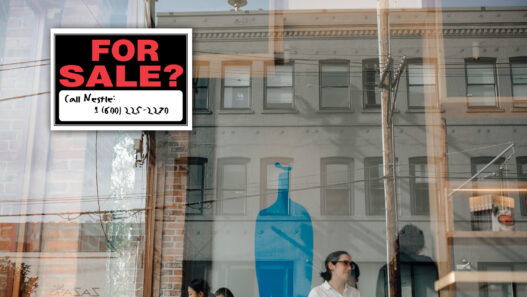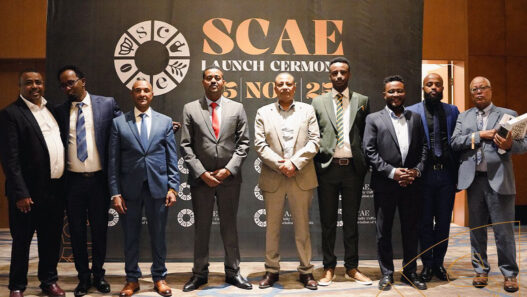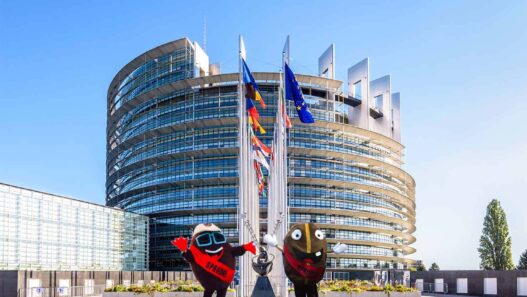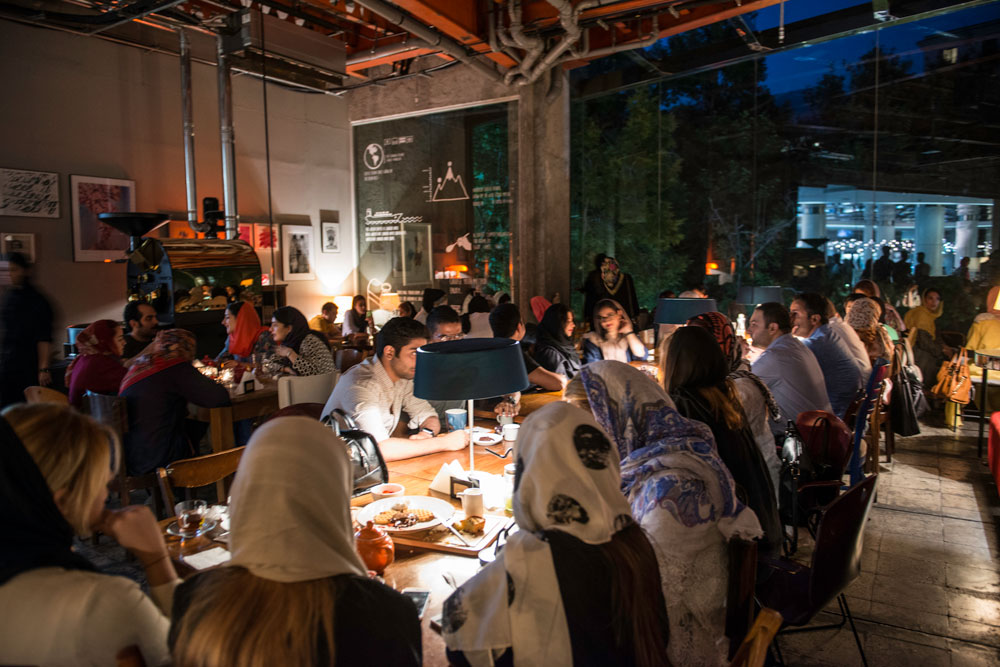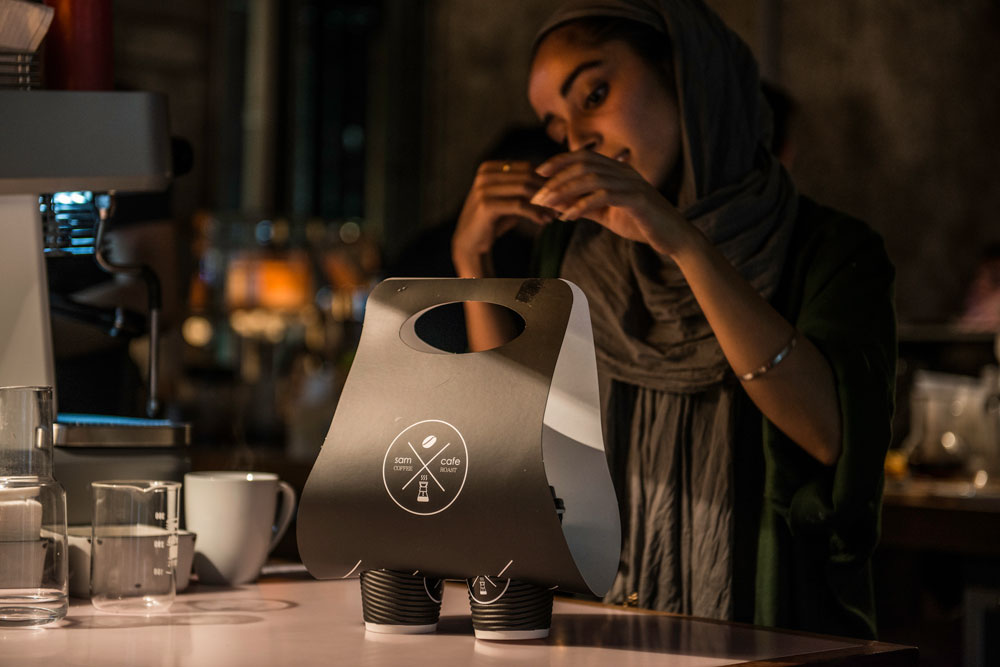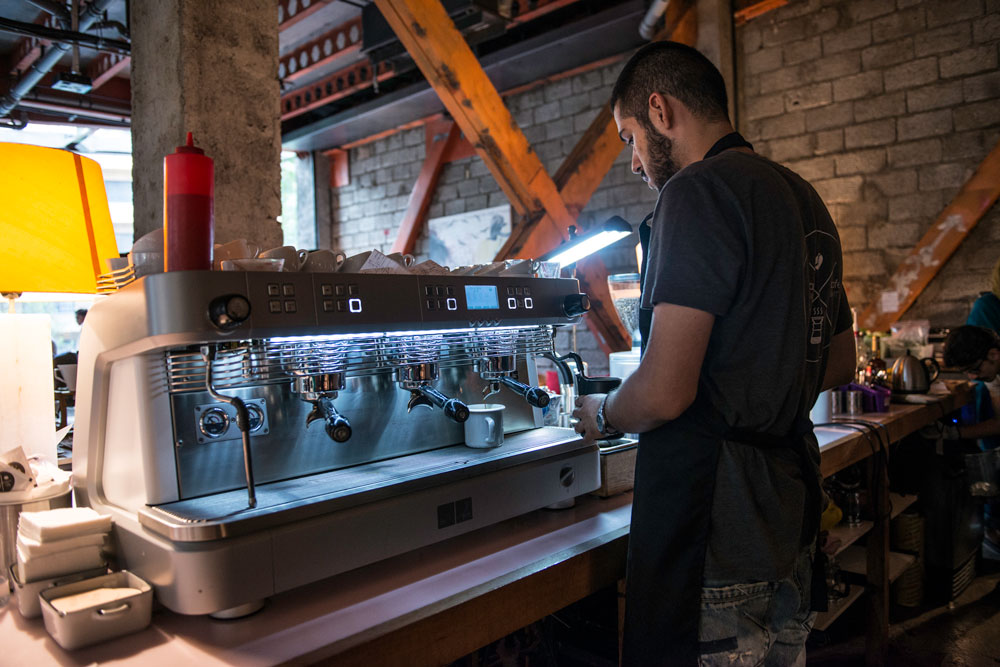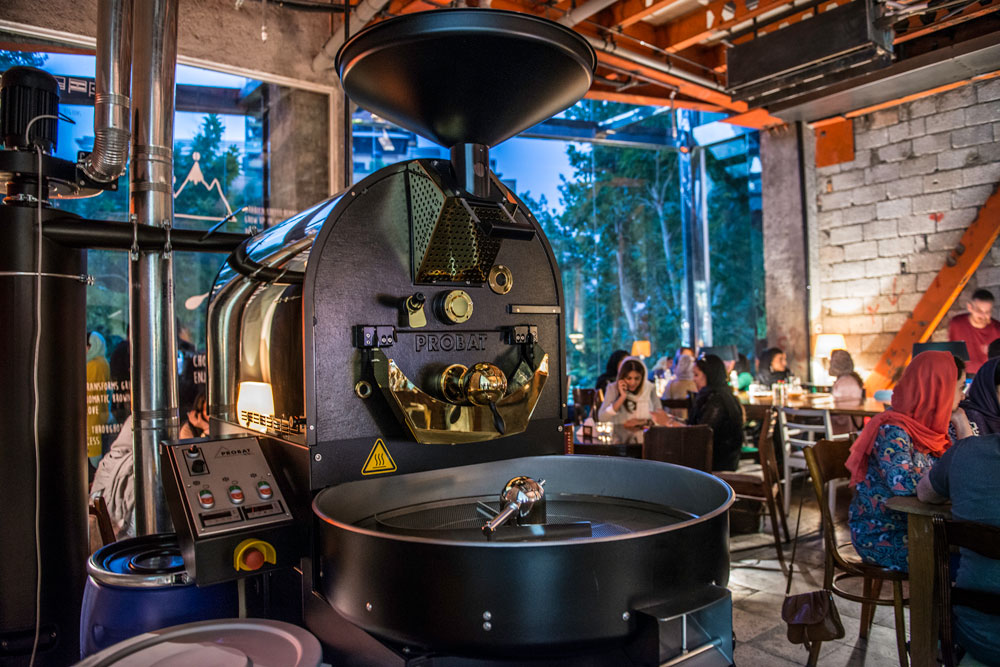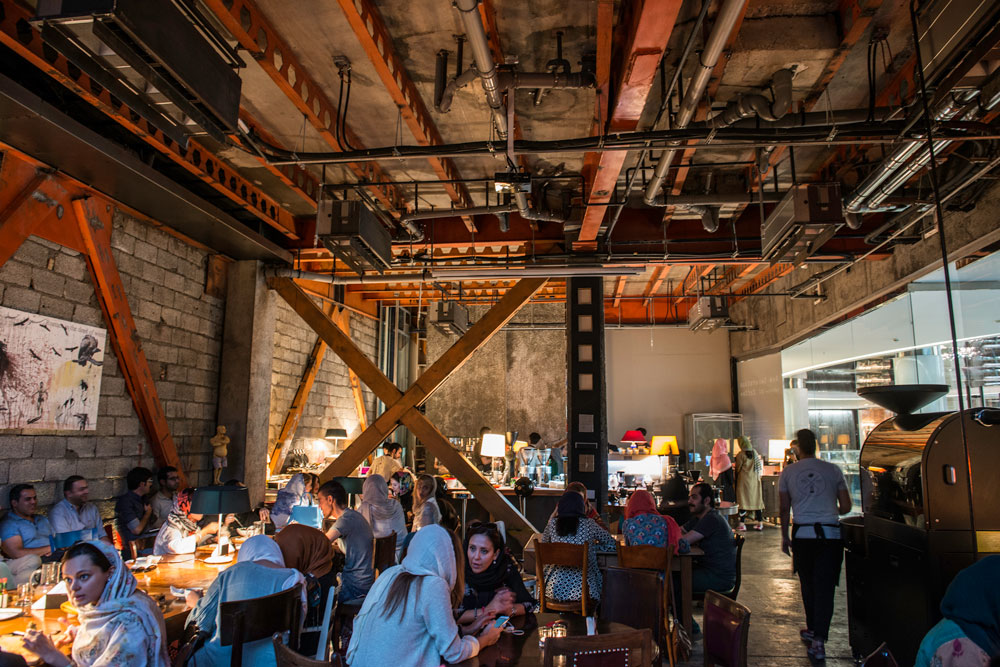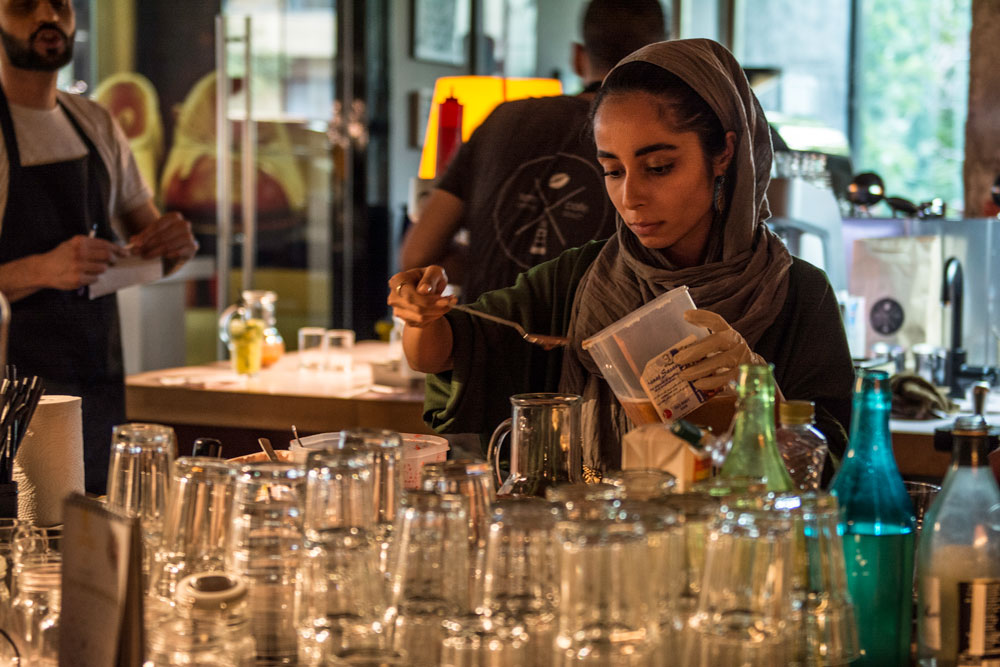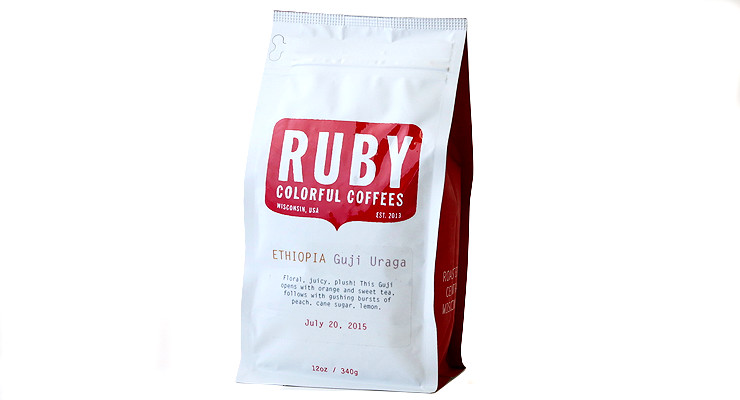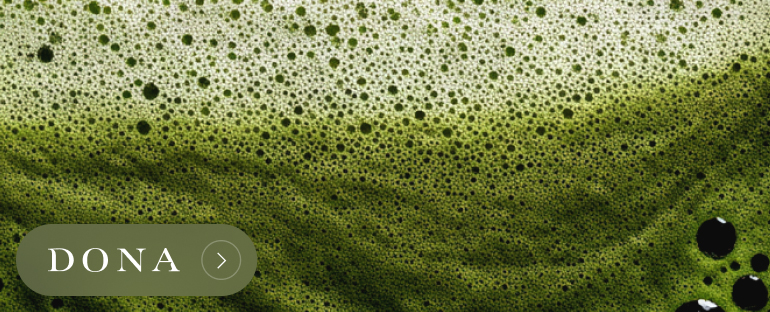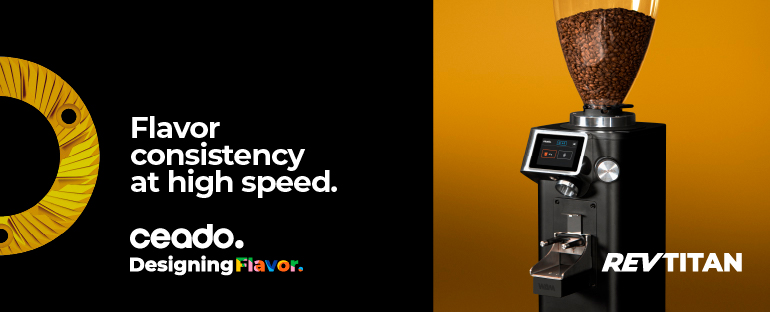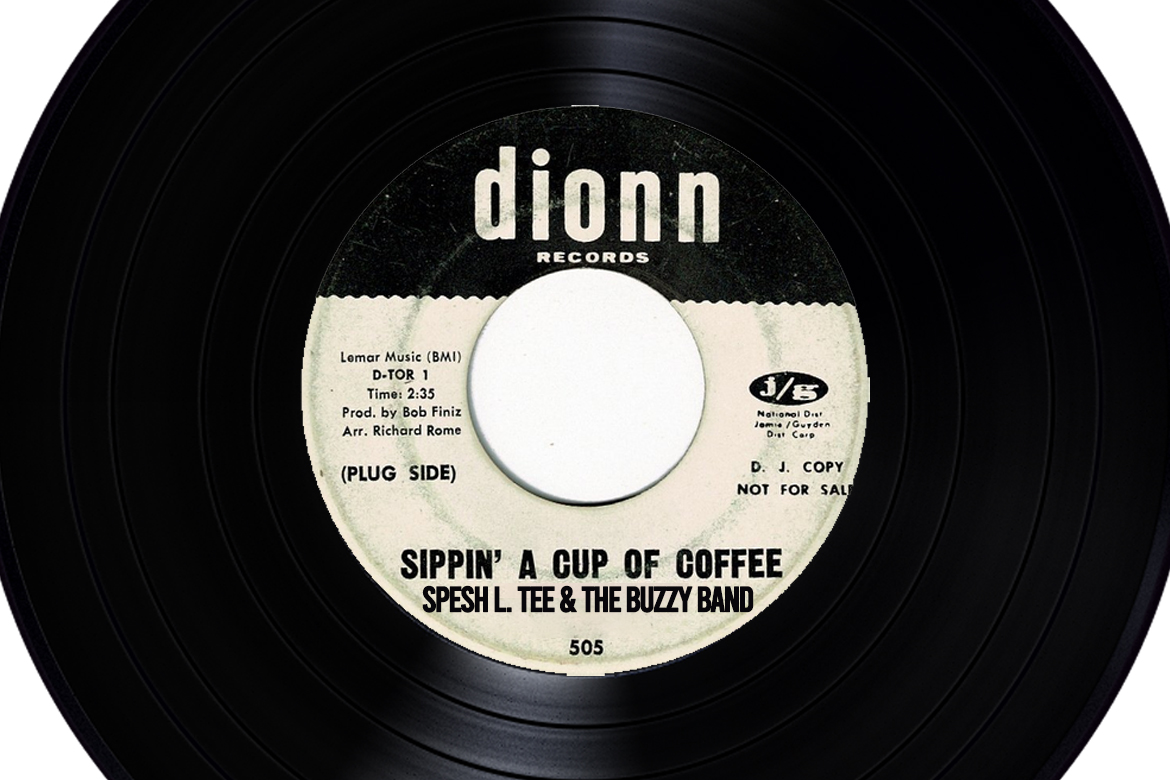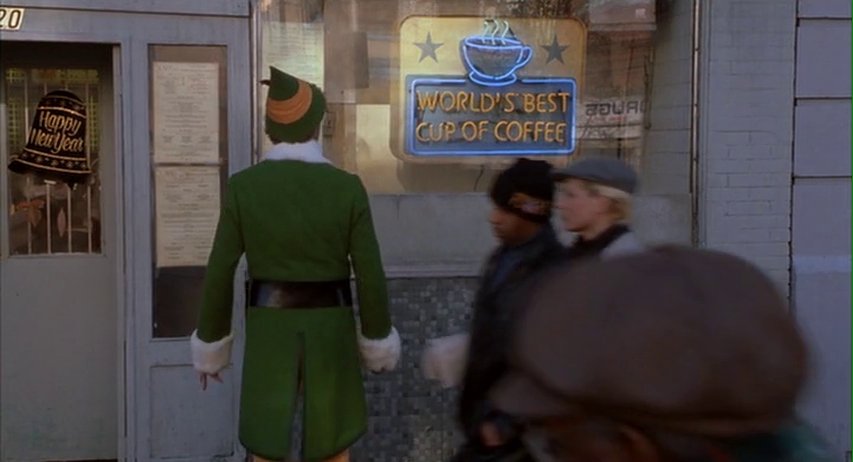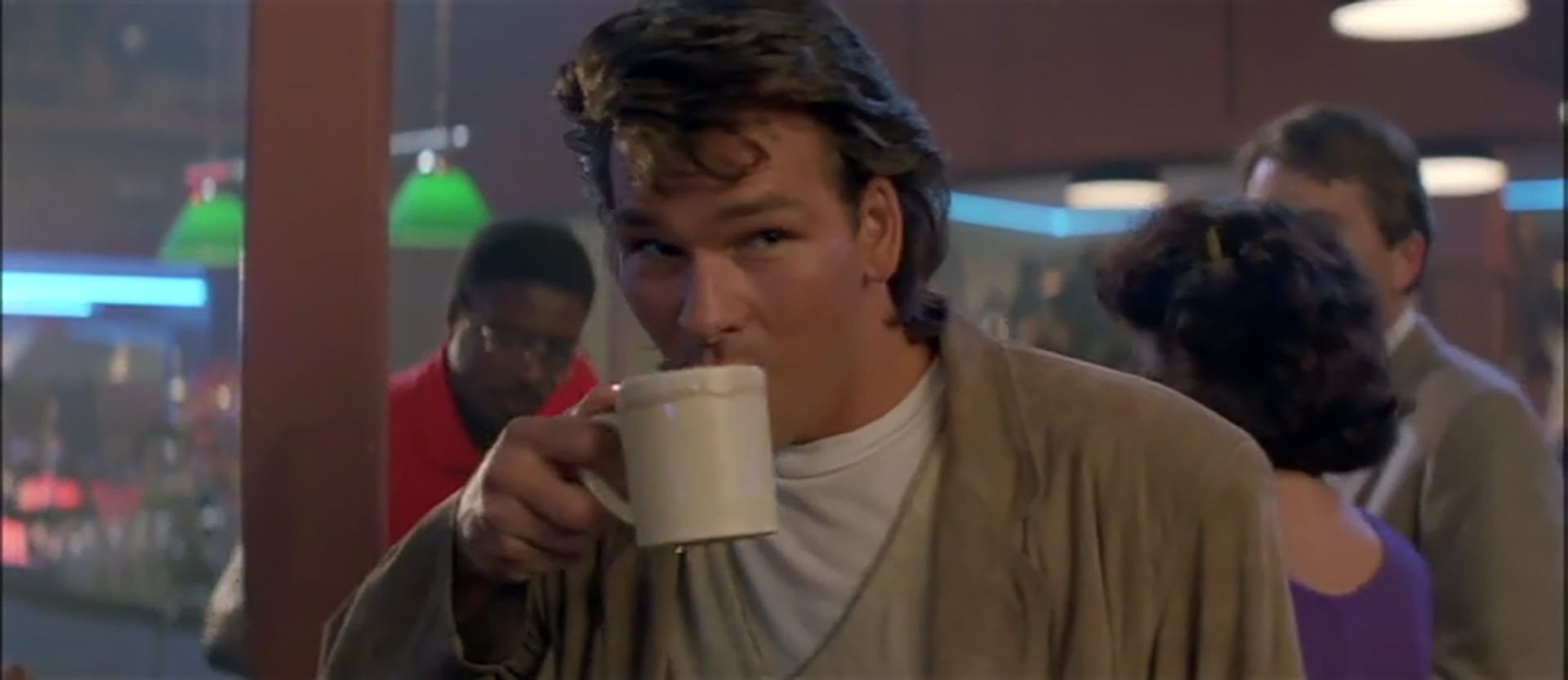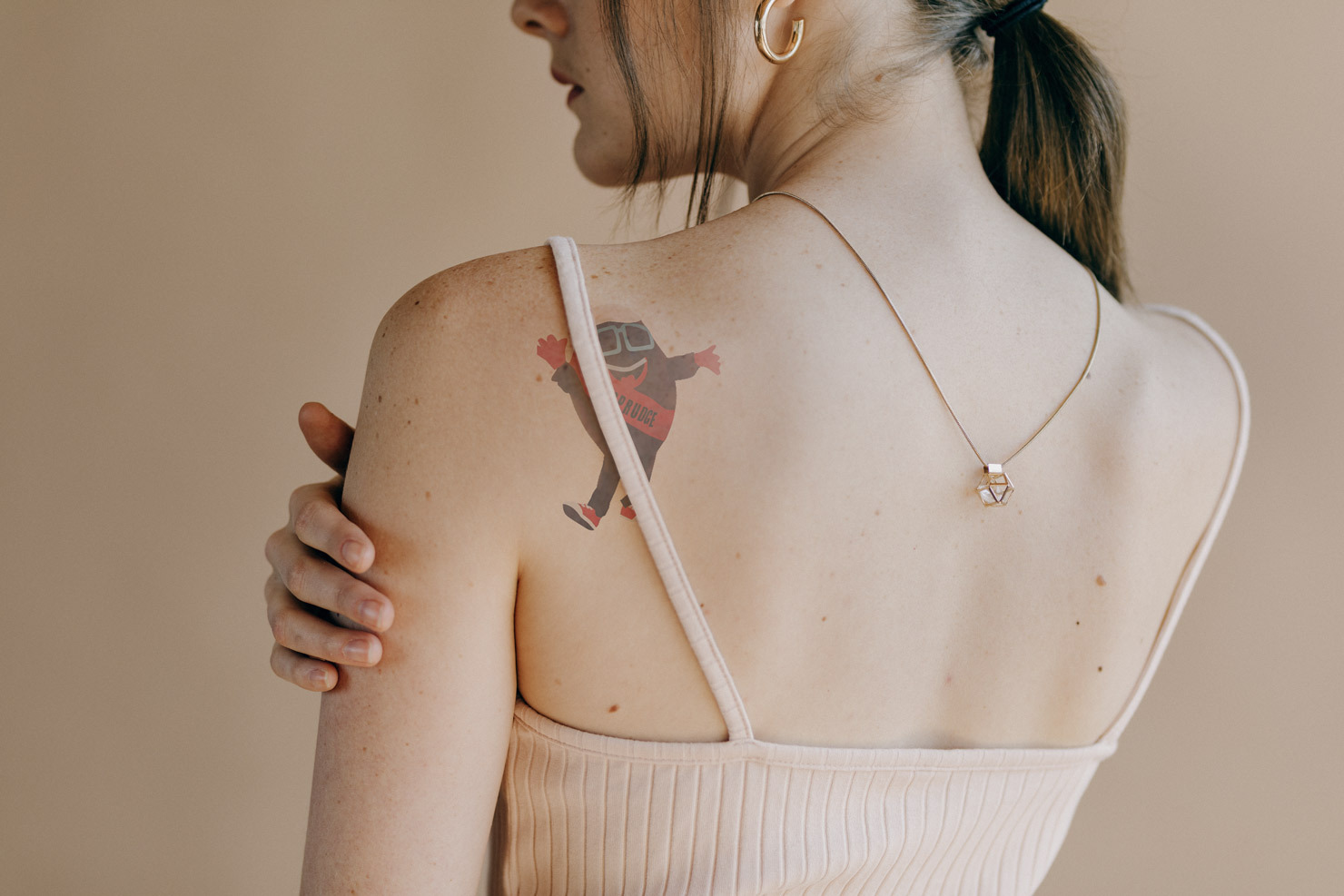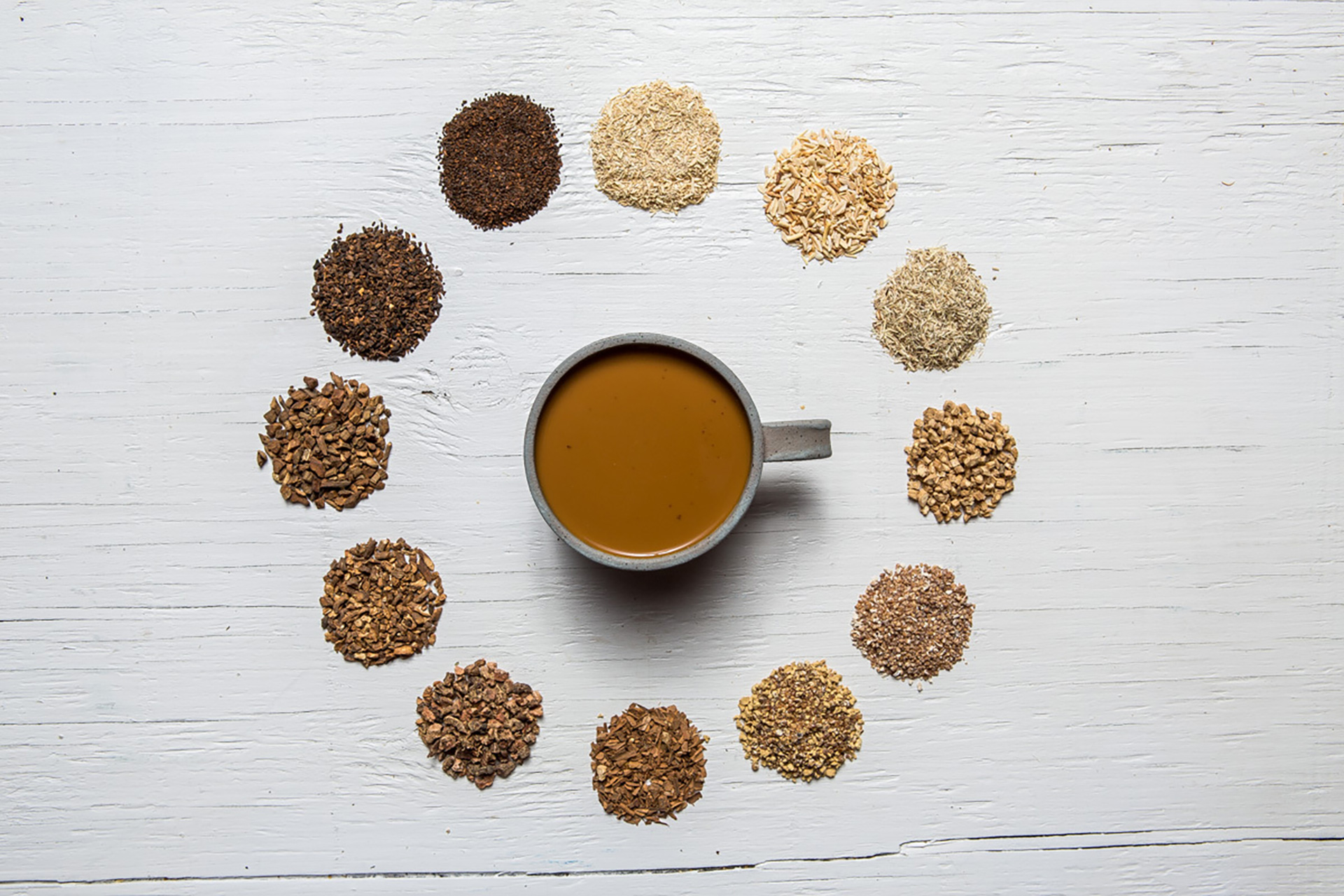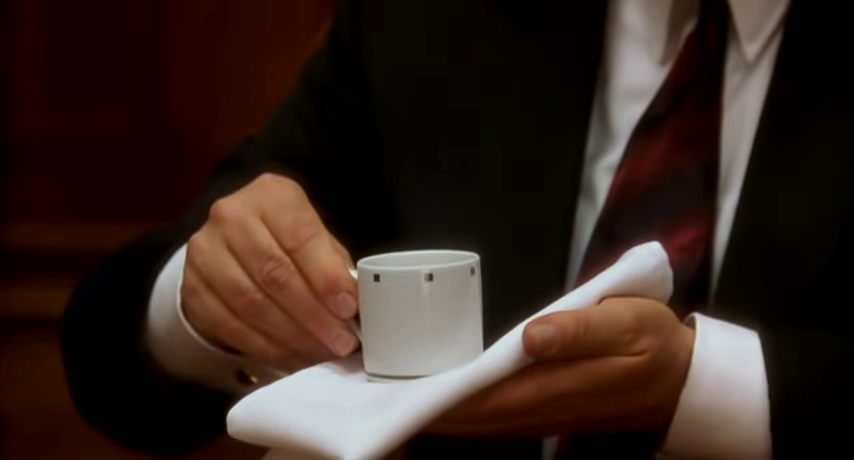It is 8 p.m., which means there’s still another 40 minutes for the customers to wait at the glass door of the cafe for the iftar, when this door finally opens. Based on Iran’s disciplinary regulations, Sam Café—like all cafes here in Tehran—is banned to host customers before iftar during the Islamic religious month of Ramadan. Instead, police allow them to serve from roughly 9 p.m. to 3 a.m, depending on sunrise and sunset, making for a lively evening cafe scene.
I’m here at Sam Café, located on the second floor of a luxury shopping center on Fereshtah Street in north Tehran, on an evening immediately following the announcement of a proposed nuclear deal between Iran and the United States. There’s a buzz in the air tonight as we approach iftar, and the shop’s baristas and staff are getting prepared for a busy evening. One is slicing strawberries; the other one putting small paired candlesticks on the tables; baristas are checking the pressure and the temperature of the espresso machine.
Visitors to Sam Café find themselves in an atmosphere that is still uncommon in Tehran. The cafe is also a roaster, which means the single-origin coffee served to guests in a Chemex or siphon is roasted in the 12-kg Probat roaster inside of the cafe. To many Iranian cafe-goers, it is merely a huge industrial machine there for unclear reasons. But Reza Kowsar, the cafe’s R&D manager, tells me about the cafe’s single-origin coffee program, which includes beans from Sumatra, Ethiopia, and Colombia. These offerings are paired with other coffees, roasted elsewhere in Iran’s commercial coffee market. “We constantly look for learning the best ways we can roast coffee,” Kowsar tells me. “We are yet to reach where we desire. We are moving cautiously.”
Third Wave coffee is moving cautiously throughout Iran as well. Cafe managers like Reza Kowsar have learned to pair commercial coffees beside their own freshly roasted coffees. Many Iranians find the taste of fresh and light-roasted coffees newfangled and rather strange. The education process for what coffee can be is happening here in Tehran, but it is happening slowly. Originally from California, Kowsar’s family moved back to Iran when he was 11. He worked as a barista for Sam Café for some months before he became the head of R&D. Being interested in coffee, he seriously pursued the barista profession, side by side with his university studies.
The vast majority of Iranians—like the vast majority of Americans—prefer “normal coffee” to this new specialty stuff; here that means coffee made in a more traditional style, including using an ibrik, which they have tried in other cafes. At Sam Café, Kowsar and his baristas carefully and patiently explain to customers the intricacies of roasting, brewing, and evaluating coffee in a contemporary way, from a lighter roast profile to serving at specific temperatures. Still, many customers complain to the waiter that their coffee is cold if their cappuccino is served at the standard 60-degrees centigrade; they may ask to change their cappuccino. “We will explain to the customer that milk should steam in this temperature to taste its natural sweetness. But, if the customer is not satisfied, we change their cappuccino anyway,” says Kowsar.
But there are, of course, modern and young customers here as well. Kowsar tells me his customers include all different walks of life from Iranian society, ranging from capitalist businessmen, to university students, to artists, even to celebrities; those who choose Sam Café for business meetings, for brunch, or evening hangouts. Sam Café’s offerings are attractive, from the specialty coffee option to their extensive food menu. The cafe is also easy to get to: thanks to the BRT lines, with less than a one-dollar bus ride on Valiasr Street, one of the longest streets of the Middle East, you can get to the Sam Café in no time from the furthest southern neighborhoods of Tehran. Nevertheless, most of the Sam Café customers are young people from the northern neighborhoods of Tehran, leaving their hundred-thousand-dollar cars parked in the free parking lot of the luxury Sam Center Mall, drinking their evening fresh-brewed single-origin coffee. These rich kids might be sitting at the long wooden table of Sam Café next to a calligraphy artist practicing his work.
Some days there is a two-hour wait for a table at Sam Café; the space is busy nearly all hours of the day. You cannot book a table by phone. None of the other shops or boutiques of this luxurious shopping mall, like Mont Blanc, TAG Heuer, and Villeroy & Boch, are nearly as busy as the Sam Café. Customers may window shop at boutiques that sell $250 T-shirts and $2,000 watches, but they head to Sam Café for a real experience, to spend money and hang out and drink good coffee together.
There’s a communal feel to this cafe that fits tonight’s iftar. Traditionally, Iranian cafes are made in a way that customers do not see the bar and baristas. Espresso machines are placed at the hidden parts of the bar. Reza Kowsar tells me transparency is their principal focus at Sam Café. The Dalla Corte Pro faces the hall, and many customers, from all corners of the cafe, can see what is happening behind the bar. Not only does transparency show itself in the cafe’s interior design, but also in the cafe’s structure: the naked concrete walls, iron beams sticking out from the ceiling, and the concrete floor all make the customer feel like entering an unfinished building. “We wanted the cafe design to reflect the city atmosphere, ” Kowsar tells me. “Therefore, we did not pay anything for interior designing of the cafe. It saved us tens of thousands of dollars.”
To ordinary people, these machines look more like laboratory equipment rather than coffee makers. But, beside the light and pleasant taste of Sumatra coffee, the joy is in watching the new scene, the process of the coffee being brewed in siphon when water and coffee mix and mingle in the upper pot, flowing through and back to the main pot. Many critics believe that Sam Café’s insistence on providing a Third Wave coffee experience is merely an advertising trick to attract more customers. These same critics say that Iranian tastes are yet to accept light-roasted craft coffees. “We have tried to provide the capital citizens with a new experience in drinking coffee,” Kowsar tells me, but the majority of his customers are still conservative, and classic drinks remain the most popular.
The sun sets. Tehran is partying in the streets tonight, celebrating the proposed nuclear deal and ready to break today’s Ramadan fast with hunger and zeal. The line for Sam Café backs up into the shopping mall concourse. Finally, the doors open, and Sam Café is rushed with hungry, thirsty, enthusiastic cafe-goers. Some order traditional drinks; some opt for progressive, Third Wave beverages. Almost everyone orders food—they’ve been fasting all day, after all. The cafe comes alive with sound and energy, a hum of consumption that won’t let up for hours and hours, lasting long into the hot summer Tehran night.
Safa Haratian is a Tehran-based journalist and the founder of iCoff.ee, the leading Iranian coffee publication. Read more Safa Haratian on Sprudge.
Photos by Hadid Golab for Sprudge.com.




